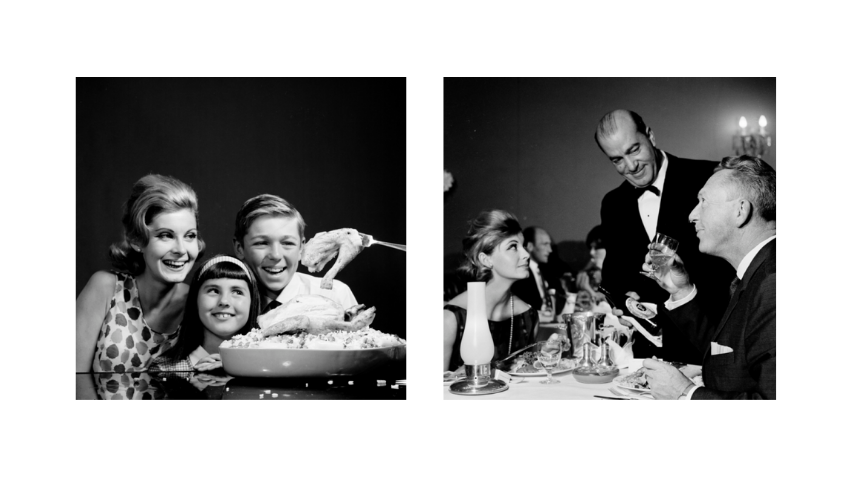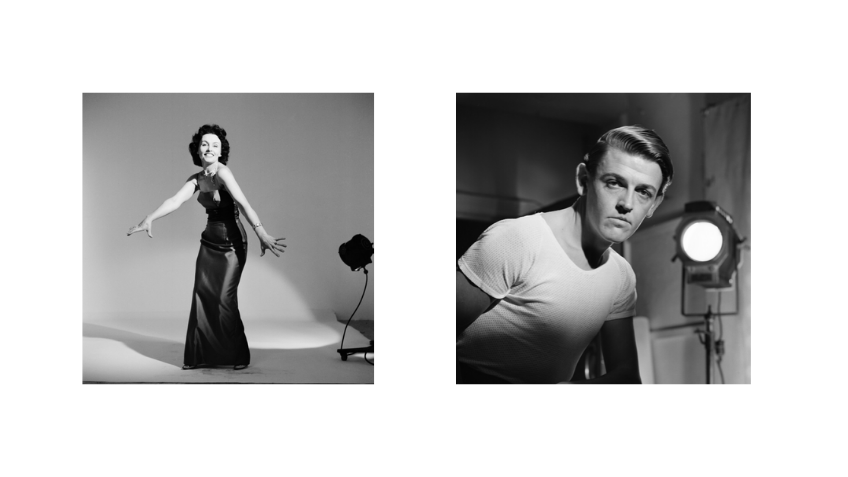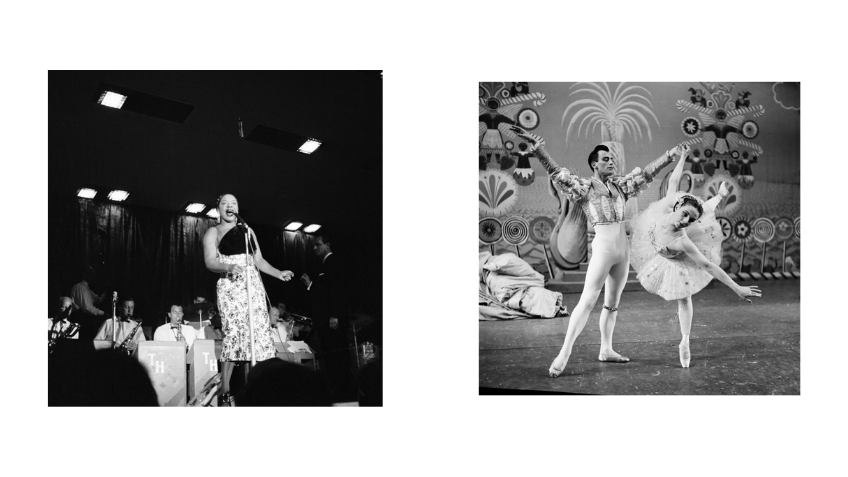Journey through the collection: swinging ‘60s Melbourne through the lens of Henry Talbot
Written by Bridie Flynn
One of my personal favourites in the Library’s vast pictorial collections are the photographs by Henry Talbot.
Talbot was a mid-century, commercial and modern photographer living in Melbourne. He was a German refugee to Australia and was friends with fellow refugee and photographer Helmut Newton, so it followed that he joined his studio in Flinders Lane in 1950. It is the period following this, covering his work in Melbourne in the 1950s and 1960s, that we hold at State Library Victoria.
The Talbot archive is extensive, nearly 13,000 frames on 7,400 strips of negatives… and I have personally looked through every image!
This attention to detail is a luxury when working with collections, and the reason for viewing each image was to select some of Talbot’s images to display on our online catalogue.
The Talbot collection was a prime candidate for selective digitising, as the images include a fair amount of repetition. This is to be expected from a commercial archive. Perhaps working to capture the perfect shot or to supply a variety of image options for his clients. So, my selection aims to capture the essence of the archive and make it available online for all to explore. The full set of negatives are safely stored and available for consultation as needed.
My interest and enjoyment of the Talbot collection comes partly from the immersion and familiarity I developed through the project, but my love for Talbot’s photography is ultimately due to how engaging his photos are. I’m sharing a selection of arresting and nostalgic photographs to show why the Talbot collection is so special. These images share insights into his photographic techniques and as a bonus – are a fun look back at 1950s and 1960s fashion.
The portraits of designer Joy Nilsson in slide two, taken in 1961, are an interesting example of Talbot’s approach to his work. This full photo shoot has 24 negative frames, and I chose these three to be digitised to represent that set.
Talbot shot a series of compositions and poses for Nilsson, repeated in slight variation. The overall experimentation of the photographer can be seen in the distilled selection – with Nilsson smiling or serious, shoulders turned or front on. This is what makes selection work so interesting, trying to get into the mind of the photographer during the shoot that took place 60 years ago.
Talbot was perhaps known best as a fashion photographer and the archive includes many examples of this. The clients Golden Fleece (petroleum and service stations) and the Australian Wool Board appear repeatedly in this collection, with some fascinating creative and design direction in his photo shoots.
Talbot didn’t work only work in fashion. His commercial practice was broad and included other advertising gems like domestic chicken dinners, or a romantic night out with a bottle of beer (see slide three).
On the other end of the spectrum sits his portraiture, which you can view in slide four. Sparser and with few props or staging technique, his portraits of professionals and performers are stunning. They capture an intimacy and realness of the subject. I particularly love how he uses lighting to such advantage.
In fact, his lighting equipment can be spotted in some of the negatives (see slide five), giving us an insight to the technique of a commercial photographer, showing elements that were unlikely to be included in the final post-production shot.
Talbot’s work was not only impressive in his close-up personal approach, but also in the dramatic, industrial examples in slide six.
For another change in subject, the performing arts feature strongly in this collection. There are photos of live music, ballet and theatre stars, and full stage sets and scenes from performances and rehearsals (see slide seven).
I’ll leave you with a spot-the-difference in slide eight, where Talbot has made some design adjustments to the costume and models in this shoot for reasons that, in the passing of time, may only be known to him.
Relive this iconic mid-century period with the full Henry Talbot collection online.
All images in copyright and reproduced with kind permission from Lynette Anne Talbot.
















